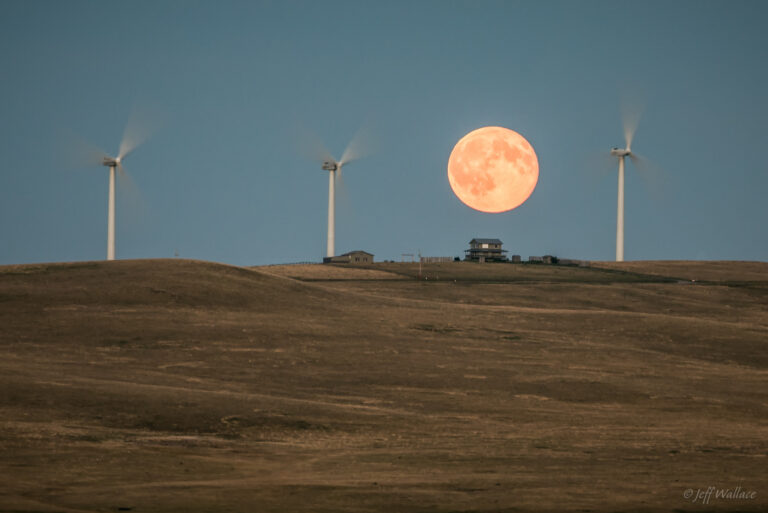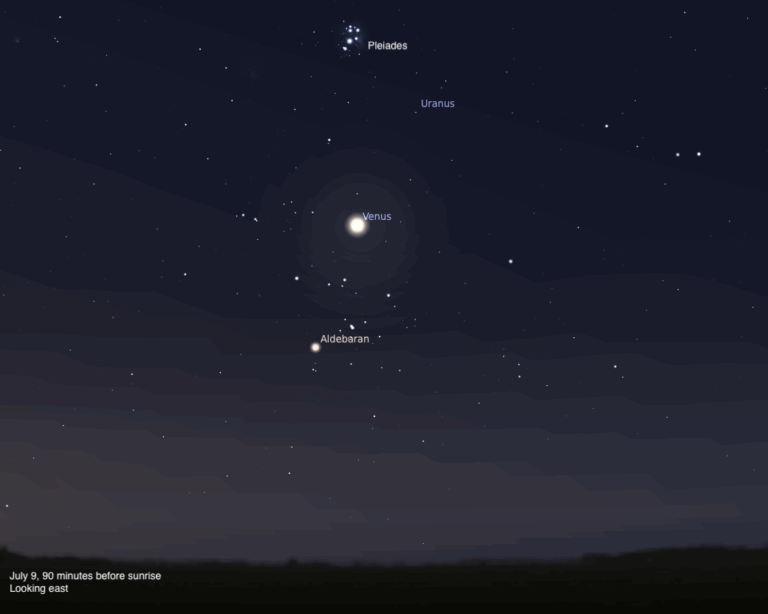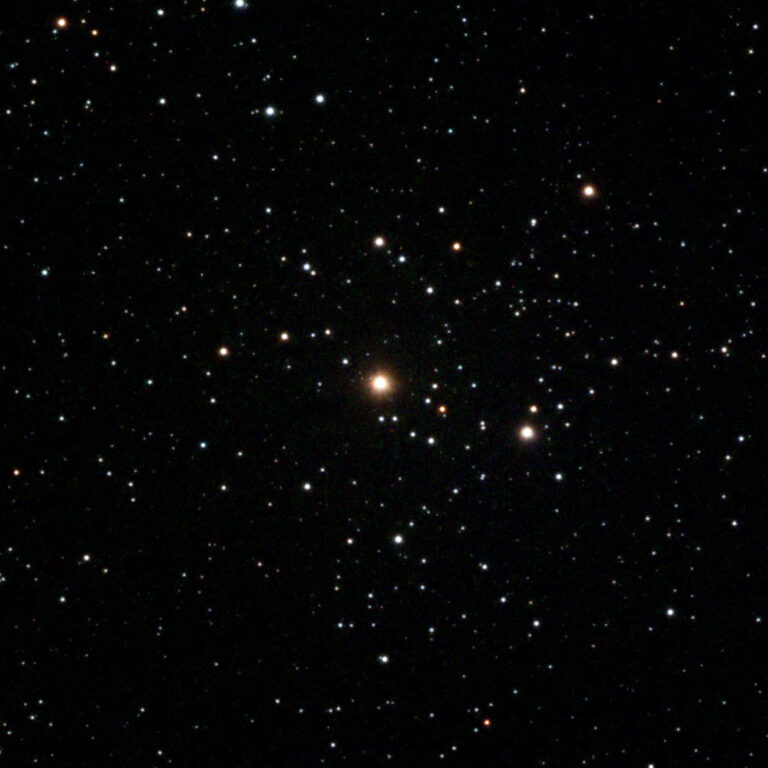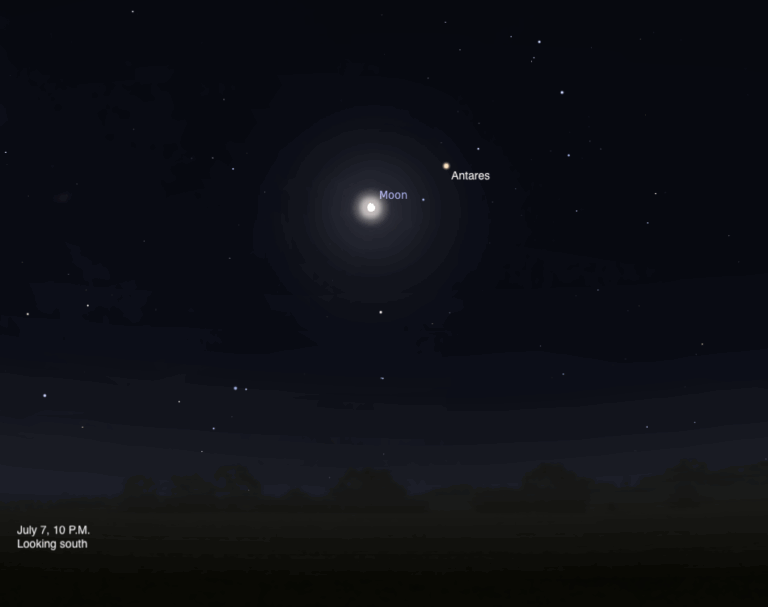Key Takeaways:
Bill: How powerful is this telescope?
Eileen: Well, power isn’t as important as optical and mechanical quality, but right now, I’m using a magnification of 60.
Bill: That’s all? I just bought a Starblaster 350 60mm refractor at the local department store. It magnifies 350 times!
Eileen: What does the image look like at that power?
Bill: Well, it’s kinda fuzzy.
Eileen: That’s because 350x is way too much power for a 60mm refractor. The highest useful magnification a telescope can produce is about 50x per inch of aperture — the diameter of its light-gathering lens or mirror. Multiply 2.4 by 50x, and you get 120x. According to this rule, my 12-inch scope should handle 600x, but atmospheric conditions rarely allow me to use more than 300x.
Bill: Just how do you figure out a telescope’s magnifying power?
Eileen: It’s actually a simple math problem. I take the focal length of my telescope, which is 1,500mm, and divide it by the focal length of the eyepiece. Right now, it’s a 25mm eyepiece. And 1,500 divided by 25 equals 60. If I want to increase my scope’s magnifying power, I use a 10mm eyepiece for 150x, and a 6mm eyepiece for 250x.
Bill: Wait a minute. My Starblaster 350 comes with a 4mm “high-power” eyepiece. The telescope has a 700mm focal length. If my math is correct, that’s 175x, which is already too much magnification. No wonder I have trouble seeing anything when I use that eyepiece!
Eileen: So you placed that 4mm eyepiece into your 2x Barlow “booster” lens to get 350x, thinking you’d somehow get a clearer view. Am I right?
Bill: Yes, and it was worse! But how do you know so much about the Starblaster 350?
Eileen: The Starblaster 350 was my first telescope! Want some friendly advice? Lose the 4mm eyepiece, and work with your 20mm “low-power” eyepiece, which will give you 35x. That’s enough magnification to see the entire lunar disk, craters and all, Jupiter and its Galilean moons, Saturn’s rings, and big, bright deep-space objects like the Andromeda Galaxy and Orion Nebula. If you want higher power, combine the 20mm eyepiece with your 2x Barlow lens for a comfortable 70x view.
So what have we learned from Bill and Eileen’s conversation? Power isn’t everything.
It’s nice that telescopes make distant objects look bigger and closer, and astronomy wouldn’t be a fun, exciting hobby if that weren’t the case. But bigger and closer won’t do any good if you’re looking at a 350x blob. Spend time with telescopes, and you realize light-gathering power (image brightness) and resolving power (image sharpness) are far more important than magnifying power.
We could spend more time talking about magnifying power, but astronomy is about doing, not talking. Go outside and point your telescope toward the Moon — a nice evening target this month from the 3rd (crescent) through the 12th (nearly full). Try all of your eyepieces. Start with the lowest magnification (the biggest “mm” number) to see the whole Moon, and then use higher powers to “zoom in” on selected targets. Try the Barlow lens with all eyepieces. You’ll find it works just fine with your low-power eyepieces, creating a medium- to high-power eyepiece that’s more comfortable to observe with than your high-power eyepiece alone.
Finally, “go for broke” and try the Barlow lens with your highest-power eyepiece. It won’t be a pretty sight!











